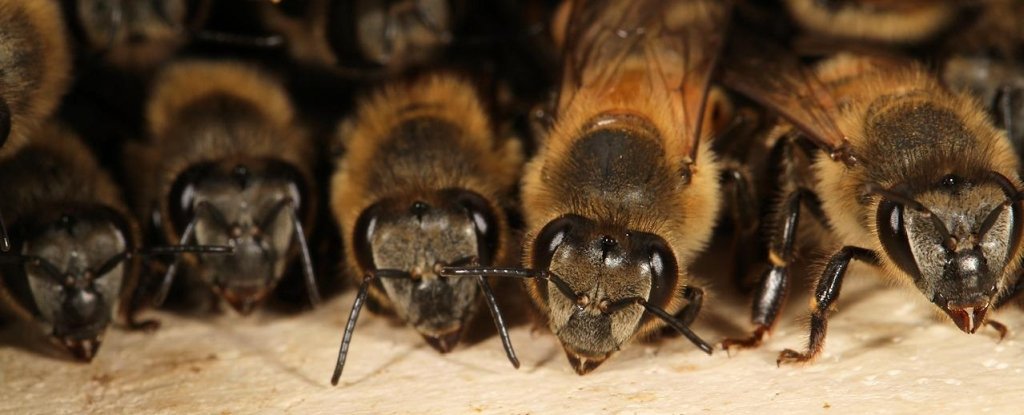Do you need another reason to love bees? Not only can our
fuzzy little flower friends perform basic arithmetic, scientists have now
discovered that they can recognise symbols associated with numbers.
Just as we humans recognise the symbol 7 or VII is
associated with a quantity of seven, it seems that bees can make the same
association.
In other words, they don't just understand quantities,
addition, and subtraction - bees can also comprehend a symbolic language for
those concepts. That is pretty amazing for a creature with a bee-sized brain!
"We take it for granted once we've learned our numbers
as children, but being able to recognise what '4' represents actually requires
a sophisticated level of cognitive ability," said vision scientist Adrian
Dyer of RMIT University in Australia.
"Studies have shown primates and birds can also learn
to link symbols with numbers, but this is the first time we've seen this in
insects."
The researchers already had an inkling this was possible.
They had discovered, through careful experimentation, that bees seem to
understand symbols for addition and subtraction to perform very basic arithmetic.
And we know, based on previous studies, that bees can
communicate, using a complex 'waggle dance' to convey information about where
to forage.
But this new research takes it a step further, showing, for
the first time, that - like humans, chimps and even pigeons have been shown to
do - invertebrates can understand and use a language for mathematics.
bee smarts
(Howard et al., Proceedings of the Royal Society B, 2019)
The researchers employed a modified system previously used
to determine that pigeons could recognise numerical symbols. Invented symbols,
or 'signs', were assigned a numerosity and placed in a Y-shaped maze.
Bees were trained to fly in this maze, where first they
would view a stimulus - either a sign, or an image showing two or three shapes
- before nipping over to the decision chamber. There, they would view two
options.
If they were shown a sign initially, the two options would
be an image of two shapes and an image of three shapes, and they would have to
choose the correct number of shapes to match the sign. If they were shown a
number of shapes initially, the two options would be two different signs, and
they'd have to match the sign to the number of items they viewed.

Comments
Post a Comment